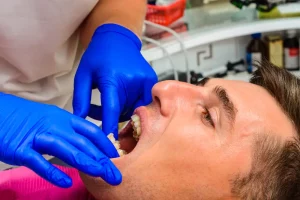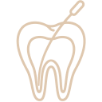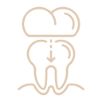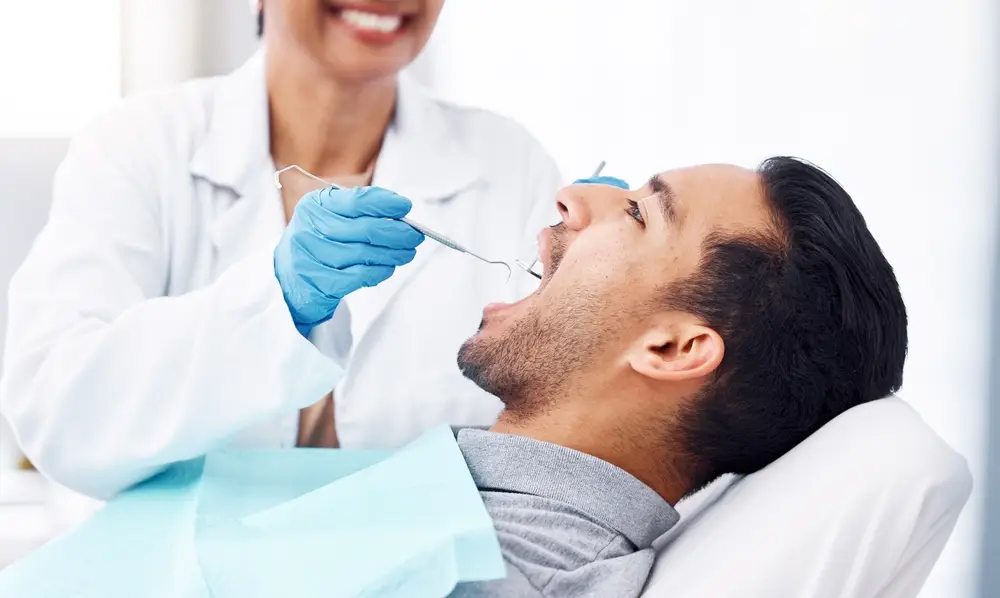Emergency Dentist: How to Identify a Dental Emergency in Adults and Kids
Uncategorized
Emergencies can strike at any time, and dental issues are no exception. Understanding what constitutes a dental emergency and how to handle it, especially in adults and children, is crucial for maintaining oral health. This guide will focus on what defines a dental emergency, common conditions, stabilisation techniques, and the unique aspects of emergency dental care for children.
Additionally, we’ll provide insights on assembling a dental first aid kit and emphasise the importance of reaching out to a reputable emergency dentist, such as our Rouse Hill dental clinic, after stabilising the situation.
What Is a Dental Emergency?
A dental emergency involves any oral health issue that requires immediate attention. It helps to alleviate pain, prevent further damage, and save a tooth. Common scenarios include severe toothaches, knocked-out or fractured teeth, and oral infections causing swelling and fever. Recognising the urgency of the situation is the first step towards effective emergency dental care. To find out more, use this simple symptom checker.
Common Dental Conditions and How to Stabilise Them

Dealing with common dental conditions promptly and effectively is crucial for maintaining oral health. Here’s a guide on how to identify and stabilise some prevalent dental issues:
- Severe Toothache:
- Rinse your mouth with warm water to clean it.
- Gently floss to remove any debris between teeth.
- Apply a cold compress to the affected area to reduce swelling.
- Over-the-counter pain relievers can provide temporary relief.
- Knocked-Out Tooth:
-
- Hold the tooth by the crown, avoiding the roots.
- Rinse it gently without scrubbing.
- Attempt to reinsert it into the socket or store it in milk or a tooth preservation product if reinsertion is not possible.
- Fractured Tooth:
-
- Rinse your mouth with warm water.
- Apply a cold compress to reduce swelling.
- Save any fractured pieces and bring them to the dentist.
- Oral Infections:
-
- Rinse with warm salt water to alleviate pain and reduce inflammation.
- Over-the-counter pain relievers can be used.
- Avoid applying aspirin directly to the gums.
- Seek immediate dental care for antibiotics and further treatment.
- Lost Filling or Crown:
-
- Clean the affected area gently.
- Use over-the-counter dental cement or sugar-free gum to temporarily cover the exposed tooth. Schedule a dental appointment for proper restoration.
- Objects Caught Between Teeth:
-
- Gently try to remove the object with dental floss.
- Avoid using sharp objects that may damage the gums or teeth.
- If unsuccessful, seek professional assistance.
- Chipped Tooth:
-
- Save any broken pieces.
- Rinse your mouth with warm water.
- Apply a cold compress to reduce swelling.
- Visit the dentist for assessment and possible bonding or filling.
These stabilisation measures are temporary solutions. Seeking professional help is vital to address the root cause and provide long-term solutions. In case of a dental emergency, contact your emergency dentist promptly for guidance and an appointment. Regular dental check-ups are essential to prevent and identify issues before they escalate into emergencies.
How Does Emergency Dental Care Differ for Children?
Children may experience dental emergencies differently than adults due to their developing teeth and unique oral health needs. Common paediatric dental emergencies include broken braces, knocked-out baby teeth, and injuries to the tongue or lips. When dealing with dental emergencies in children:
- Remain Calm:
- Reassure the child and keep them calm.
- Control bleeding with a clean cloth or gauze.
- Knocked-Out Baby Tooth:
- Do not attempt to reinsert a knocked-out baby tooth.
- Contact a paediatric dentist for guidance.
- Broken Braces:
- Cover any protruding wires with dental wax or cotton balls.
- Schedule an appointment with the orthodontist.
If your child’s tooth is permanent, you should follow the stabilising steps. It will give your dentist the best chance to save it. However, if it’s a baby tooth, your emergency dentist will likely discourage reimplantation. Instead, they may use a space maintainer to keep the space open for the permanent tooth to occupy.
Assemble a Dental First Aid Kit
Prepare for dental emergencies by assembling a dental first aid kit, including:
- Sterile gauze
- Cotton balls
- Dental floss
- Pain relievers
- Cold compress
- Tooth preservation product
- Emergency contact information
You should keep this kit for all family members to access when needed.
After Stabilising the Situation, Call Our Rouse Hill Dental Clinic
Understanding how to identify and stabilise dental emergencies is paramount for maintaining optimal oral health. Whether it’s a severe toothache, a knocked-out tooth, or a paediatric dental emergency, timely and appropriate action can make a significant difference.
Once you’ve stabilised the dental emergency, it’s crucial to seek professional care. Contact our Rouse Hill dental clinic for immediate assistance. At Hills Dental Boutique, our experienced team is equipped to handle a range of dental emergencies. We will provide expert guidance and treatment tailored to your specific situation. Your oral health is our priority, and we’re here to guide you through any dental emergency with professionalism and expertise.












